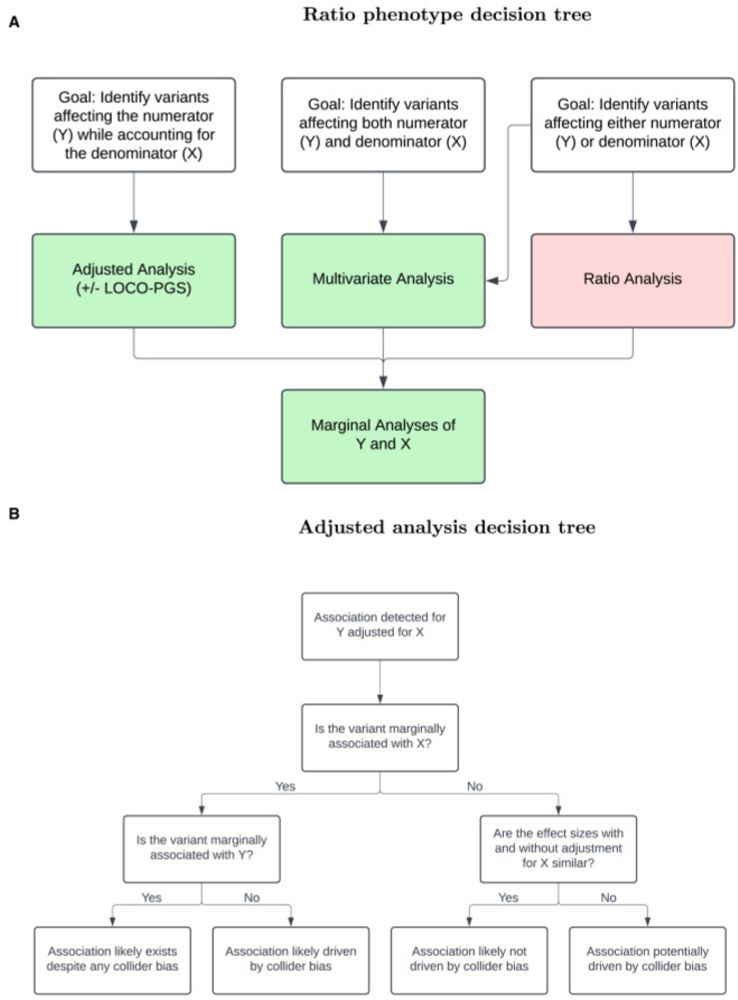Tom Soare
@twsoare.bsky.social
68 followers
190 following
9 posts
Statistical genetics and machine learning @ insitro | previously goldfinchbio | mgh | uw
Posts
Media
Videos
Starter Packs
Reposted by Tom Soare
Tom Soare
@twsoare.bsky.social
· Feb 11
Tom Soare
@twsoare.bsky.social
· Feb 11
Tom Soare
@twsoare.bsky.social
· Feb 11
Tom Soare
@twsoare.bsky.social
· Feb 11

Pitfalls in performing genome-wide association studies on ratio traits
Any variant associated with either numerator or denominator will associate with the
ratio in GWAS of sufficient size. Associations with ratio traits are thus not specific
to the ratio. Instead, we rec...
www.cell.com



